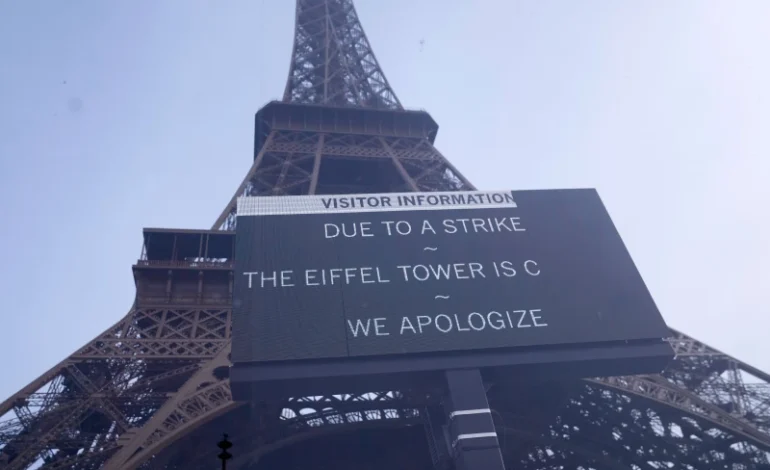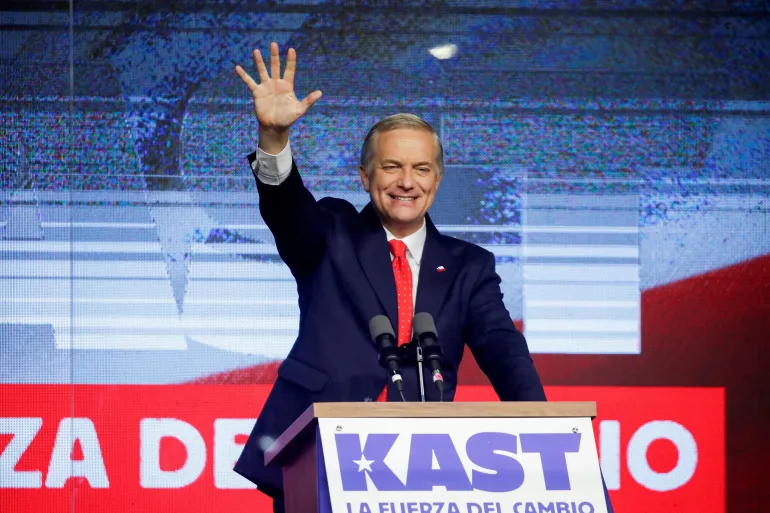France’s Anti-Austerity Strikes Shut the Eiffel Tower and Fill Streets Nationwide

France staged another day of pushback against belt-tightening on Thursday, with marches in more than 200 towns and cities and the Eiffel Tower closed to visitors as unions rallied against spending cuts and demanded higher taxes on the wealthy.
In Paris, thousands of workers, retirees, and students set off from Place d’Italie, chanting about purchasing power and “fiscal justice.” A notice at the Tower’s gates told tourists the landmark was shut because of the strike — an unmistakable symbol of how widely the unrest rippled across the capital.
The walkouts were called by France’s major unions and mark the latest chapter in a protest wave that kicked off last month amid political turmoil and heated budget talks. Their message is aimed squarely at newly appointed Prime Minister Sébastien Lecornu: scrap the draft austerity measures drawn up under his predecessor — social welfare freezes included — and rethink who pays more. Unions want the rich to shoulder a bigger share; they also want earlier reforms, like the hike in the retirement age from 62 to 64, revisited.
Lecornu hasn’t unveiled his own budget blueprint yet and is still assembling a cabinet, but he’s been warning that France can’t ignore its deficit without risking credibility. Parliament, deeply divided, is due to debate the bill by year’s end after the previous prime minister’s 44-billion-euro squeeze helped sink his tenure.
Turnout was solid but down from September’s peak. The Interior Ministry counted roughly 195,000 protesters nationwide, including about 24,000 in Paris — well below the late-September day that saw hundreds of thousands on the streets and unions claiming more than a million. Transport mostly sputtered rather than stalled: high-speed TGVs ran normally, some regional lines were disrupted, the metro was largely fine, and commuter trains thinned out at rush hour. Teachers and health-care staff joined in places, and police deployed in force — tens of thousands nationwide, several thousand in Paris — to keep a lid on flashpoints that flared during earlier rallies.
“It’s the first time we’ve had three strike days in a month with no government and no budget—that shows the level of social anger,” said Sophie Binet, head of the CGT, arguing the timing matters because “decisions are being made now.”
Union leaders insist that only a wealth-tax-style reset and a clear retreat from austerity will calm the streets. The government, juggling EU deficit rules and market scrutiny, is signaling change without promising a U-turn.
For now, the stand-off remains unresolved. The monuments of Paris will reopen, the trains will fill again, and the budget numbers will still loom. Whether Lecornu’s plan can square the books without reigniting the country’s protest reflex is the question everyone — from picket lines to trading floors—is waiting to see answered.
AP, ABC News, Al Jazeera, and Reuters contributed to this report.









The latest news in your social feeds
Subscribe to our social media platforms to stay tuned